zox-news domain was triggered too early. This is usually an indicator for some code in the plugin or theme running too early. Translations should be loaded at the init action or later. Please see Debugging in WordPress for more information. (This message was added in version 6.7.0.) in /var/www/wp-includes/functions.php on line 6121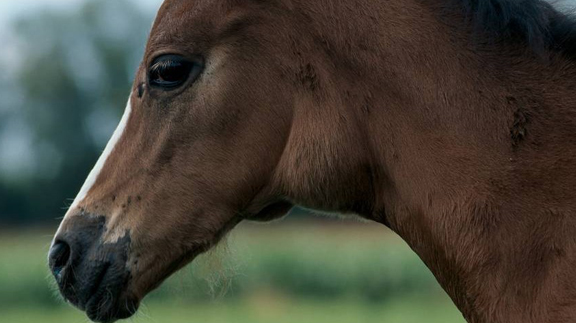

By Lauren Lamb Strangles, which is caused by Streptococcus equi ssp equi (S. equi) bacteria, is a disease commonly seen in horses. This bacterial infection frequently...
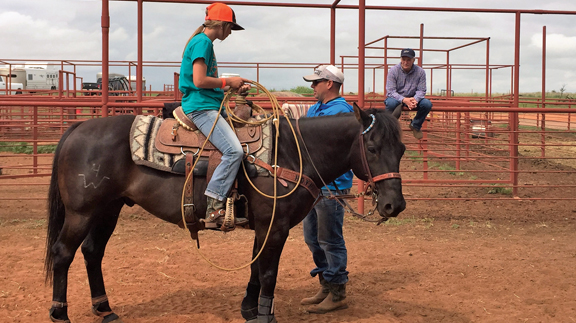

By Ddee Haynes As a kid, I rode whatever horse I could get my hands on. If it looked like a horse, smelled like a horse...
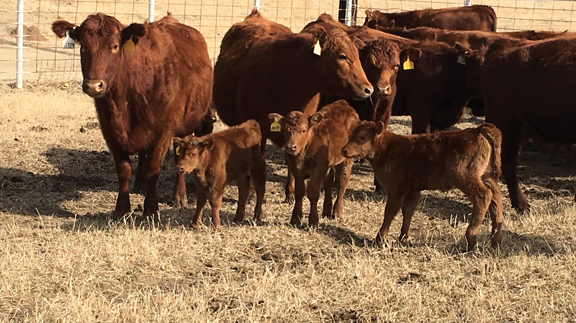

By Ralph Chain Our two-year-old heifers start calving during the coldest time of the year. In the middle of January, the temperature was a little above...
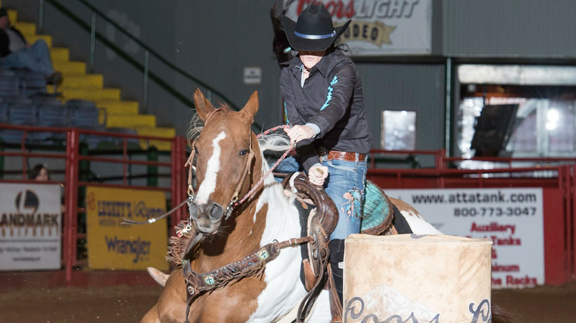

By Krista Lucas Every horse is unique in its own special way. There are almost 400 breeds to choose from, and depending on the breed, colors...
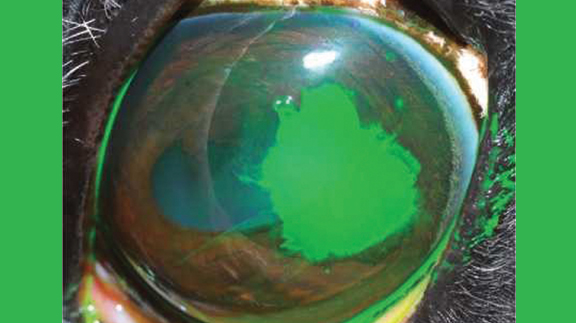

By Lauren Lamb The cornea is a thin, transparent but extremely strong tissue. It supplies most the light refraction of the eye. Light refraction helps focus...
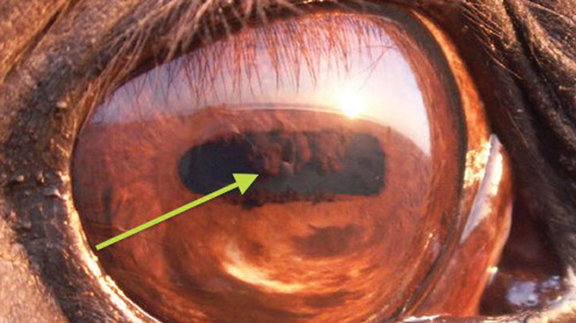

By Lauren Lamb The more we understand the differences between human and equine vision, the better we can understand and predict a horse’s overreaction to a...
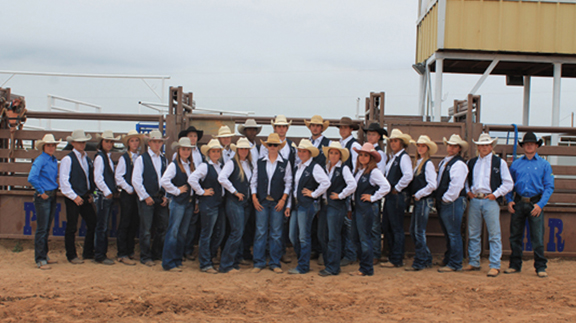

By Ddee Haynes If I were asked to use only five words to describe the head rodeo coach at Frank Phillips College, the first five words...


By Lauren Lamb Last month we talked about the clinical signs of colic and what to do when you notice signs of colic. This month we...
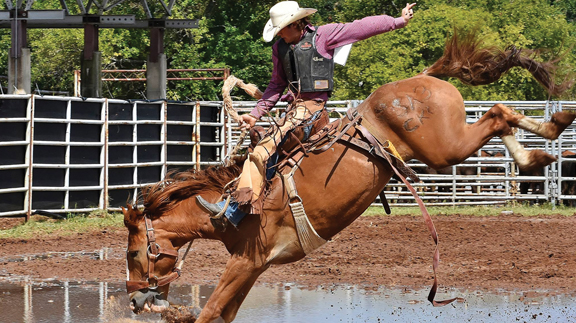

By Ddee Haynes It rained at the fairgrounds in Shawnee, Okla., on Sept. 11-12. All three rodeo arenas were standing in mud. Not just a little...
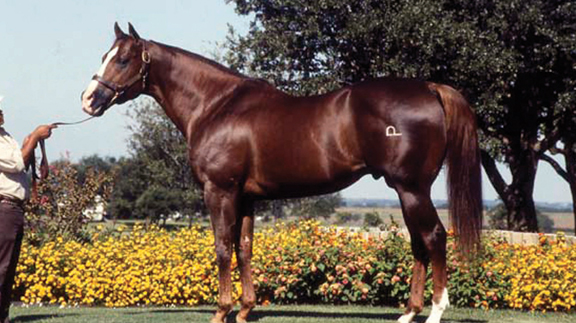

By Krista Lucas Over many centuries, equine breeds have developed to meet new demands. Ponies, cold-bloods, warm-bloods and hot-bloods all have unique characteristics, with the warm-blood...